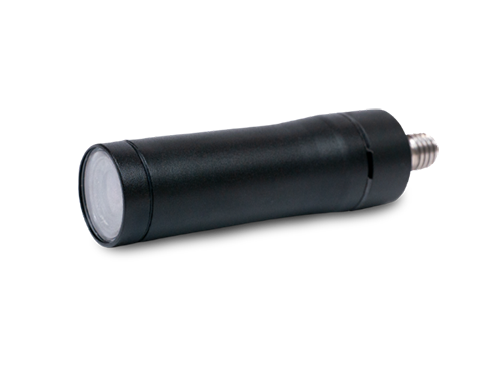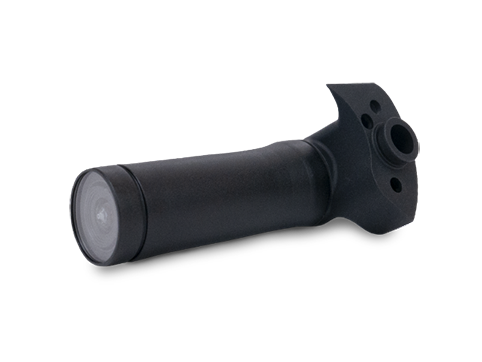An ROV camera is any visual imaging system that can be used on underwater ROVs to provide the operator with a perception of the operating environment. The depth rating for an ROV camera usually starts at 300m.
Most ROVs have a main forward-facing camera for control of the vehicle. Some ROVs will then have additional auxiliary cameras to provide another point of view. These cameras are sometimes mounted on another point of the vehicle or extended out from the vehicle using a ‘boom mount’ (e.g., a camera on a pole sticking out to the side). If an ROV manipulator is in use, this manipulator will sometimes have a camera at the end-effector, providing yet another point of view of the workspace. One should remember that underwater vision systems are usually monocular and therefore do not provide distance information (try catching a ball with one eye closed); development in this area using stereo vision and other sensors is a hot topic in underwater robotics and is currently being pursued by Reach Robotics to enable more advanced use of manipulator arms and ROV grippers.
Different types of ROV cameras WE OFFER AT REACH ROBOTICS.
What are the different types of ROV cameras?
There are two main types of underwater or ROV camera:
1. Main ROV Camera
The main ROV camera is the primary means of providing visual information to the ROV operator. These cameras are generally selected to be High-Definition and to have exceptional performance in low-light conditions. They are the primary camera used to pilot the vehicle and are forward-facing. Depending on the size of the vehicle, this camera may also be used for looking at objects of interest or there may be an additional camera for that purpose to deconflict from piloting operations.

Sometimes they are fixed…

…other times they are attached to mechanisms (rotators and pan/tilt units) to enable them to move left/right and up/down, providing a greater field of view to the operator.

2. Auxiliary ROV Camera
Auxiliary cameras are used to provide additional perspectives to that provided by the main, front ROV camera. Examples of where these are used are:
- A camera facing rearward to check the ROV tether condition or ensure the tether is not tangled during a complex manoeuvre.
- A camera mounted on a corner of the ROV, or out on a boom and looking in towards the front of the ROV to provide a sense of distance when flying the ROV or using an ROV gripper or ROV manipulator.
- A camera mounted on a manipulator arm to enable close vision of what the manipulator is being used for such as in close visual inspections or complex interventions.
- A camera mounted on the side of the ROV to enable inspection of a structure while flying alongside it.

Auxiliary cameras often do not need to meet the same specifications as the main ROV camera and may additionally be limited by size constraints. Hence, they are often selected to be pencil-style subsea cameras. These cameras have the advantage of lower cost and smaller size.

Considerations in selecting an ROV Camera
If you are selecting a camera for your underwater ROV or ROV manipulator, you should consider the following:
- Quality
- Size (check out our miniature subsea camera if this is a factor in your design)
- Water Weight
- Connector
- Protocol
- Performance in Low Light (sometimes additional illumination should be considered by adding ROV lights, or selecting a camera with integrated LEDs)
- Viewing Angle
- Whether actuation (pan, tilt, complex motion) is required (if so, take a look at Reach Robotics’s rotator and manipulator solutions)





